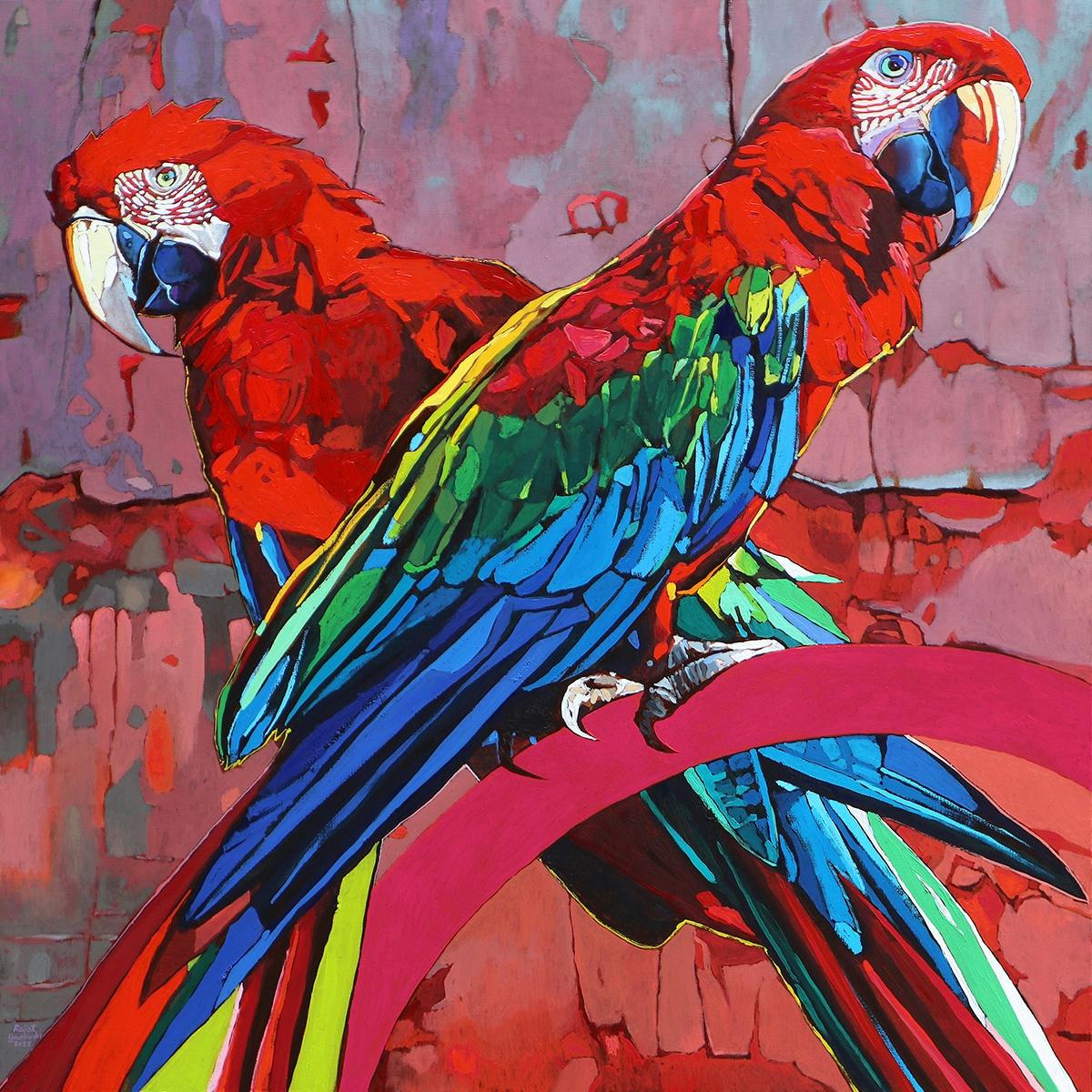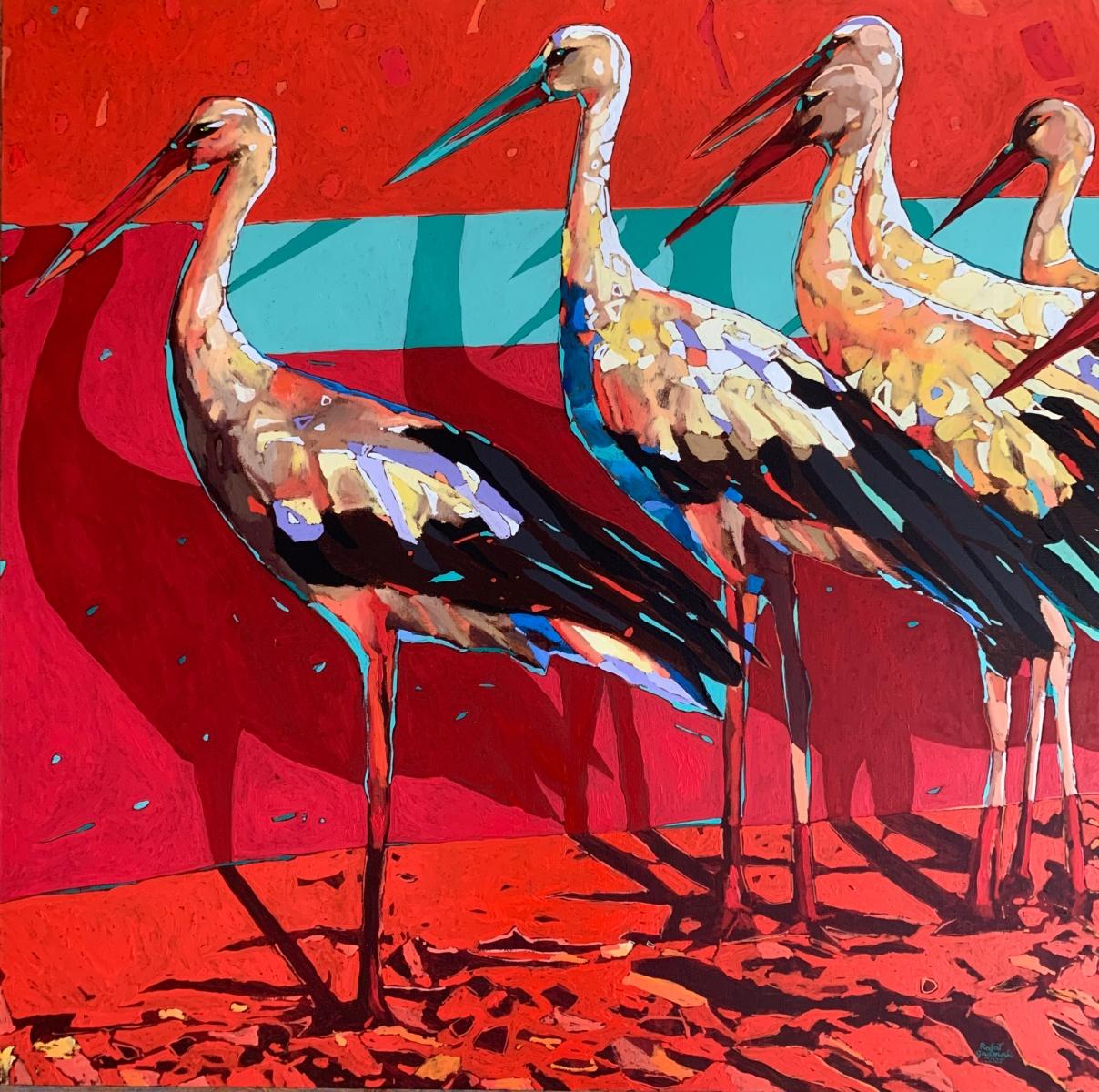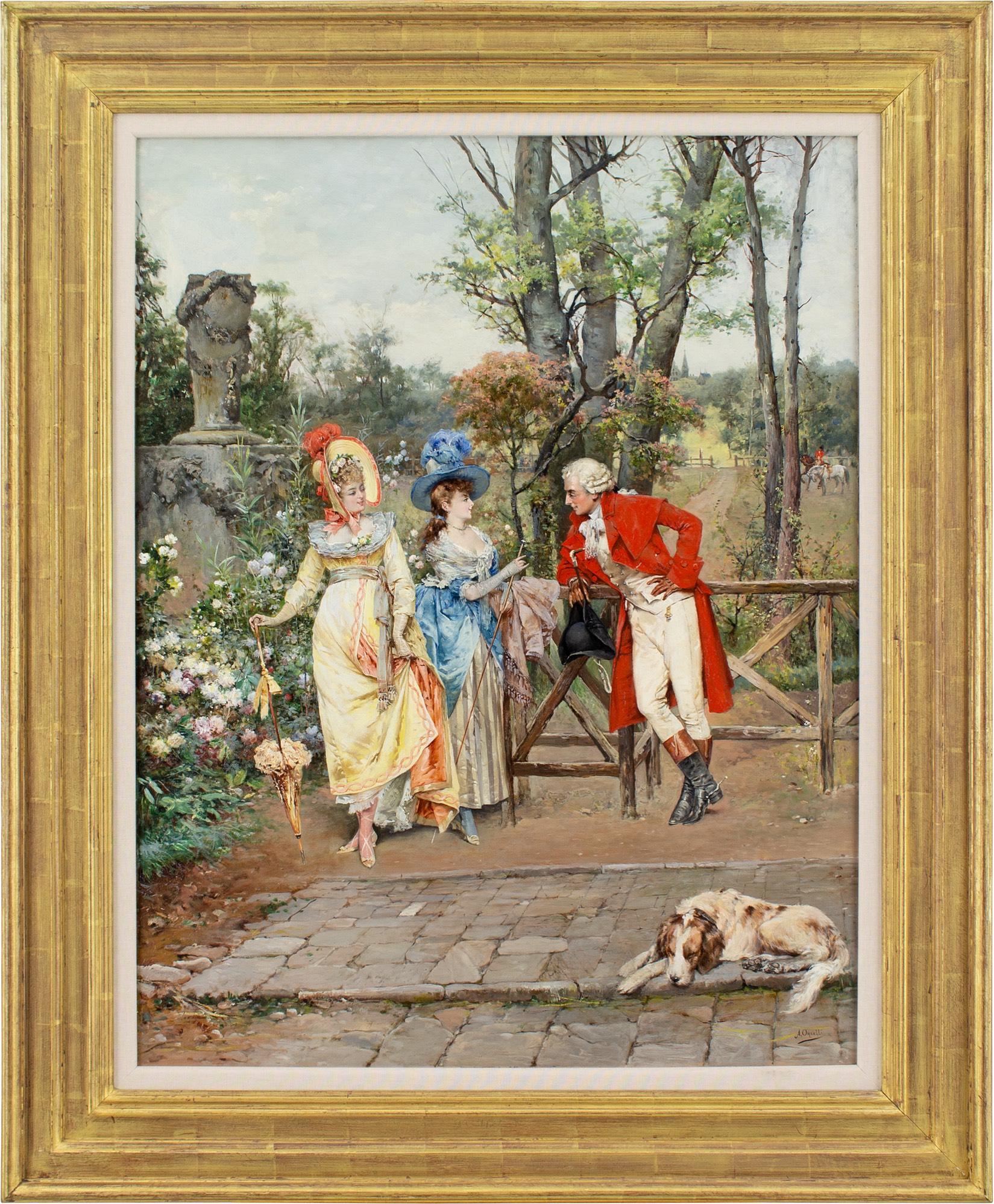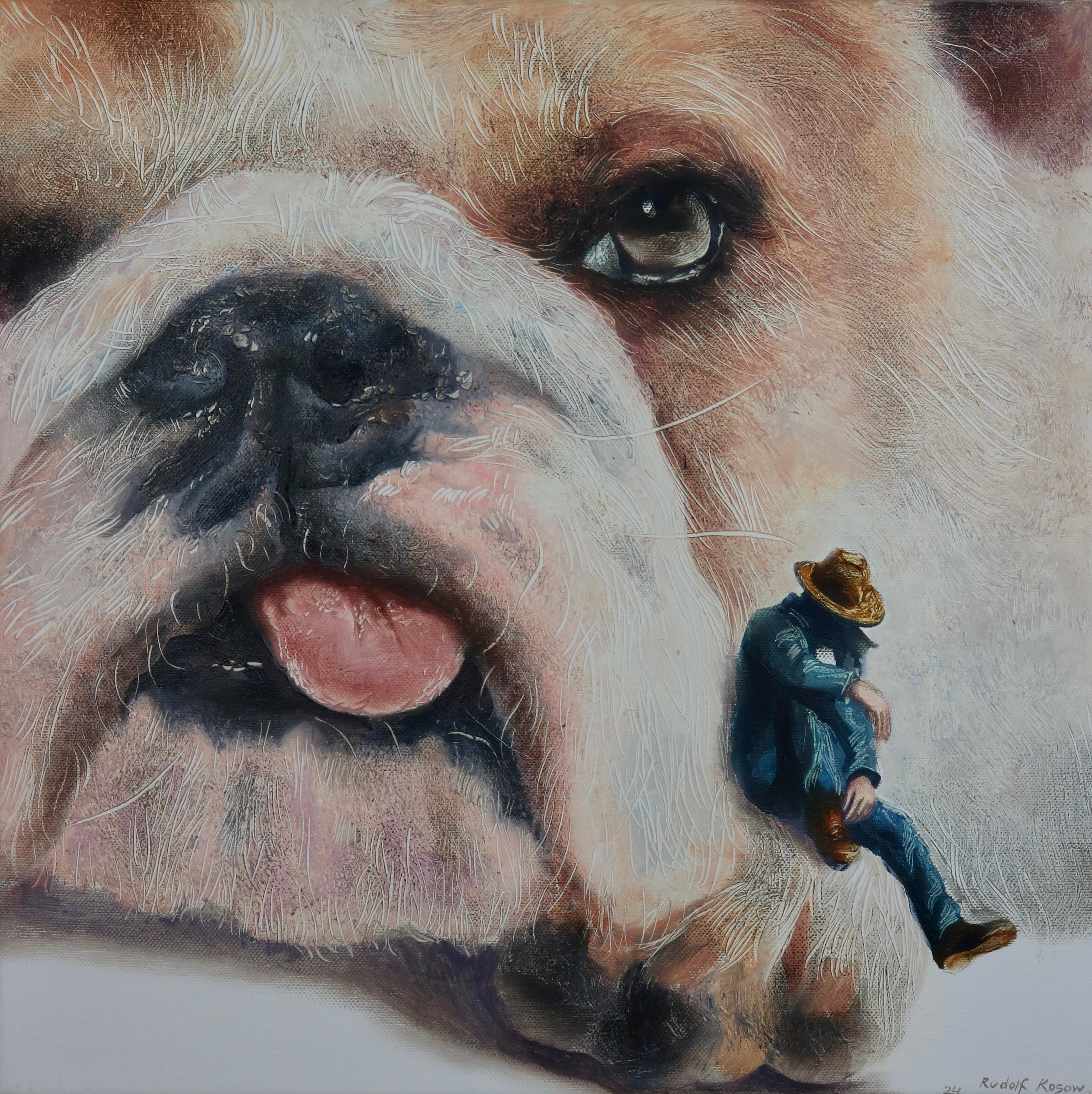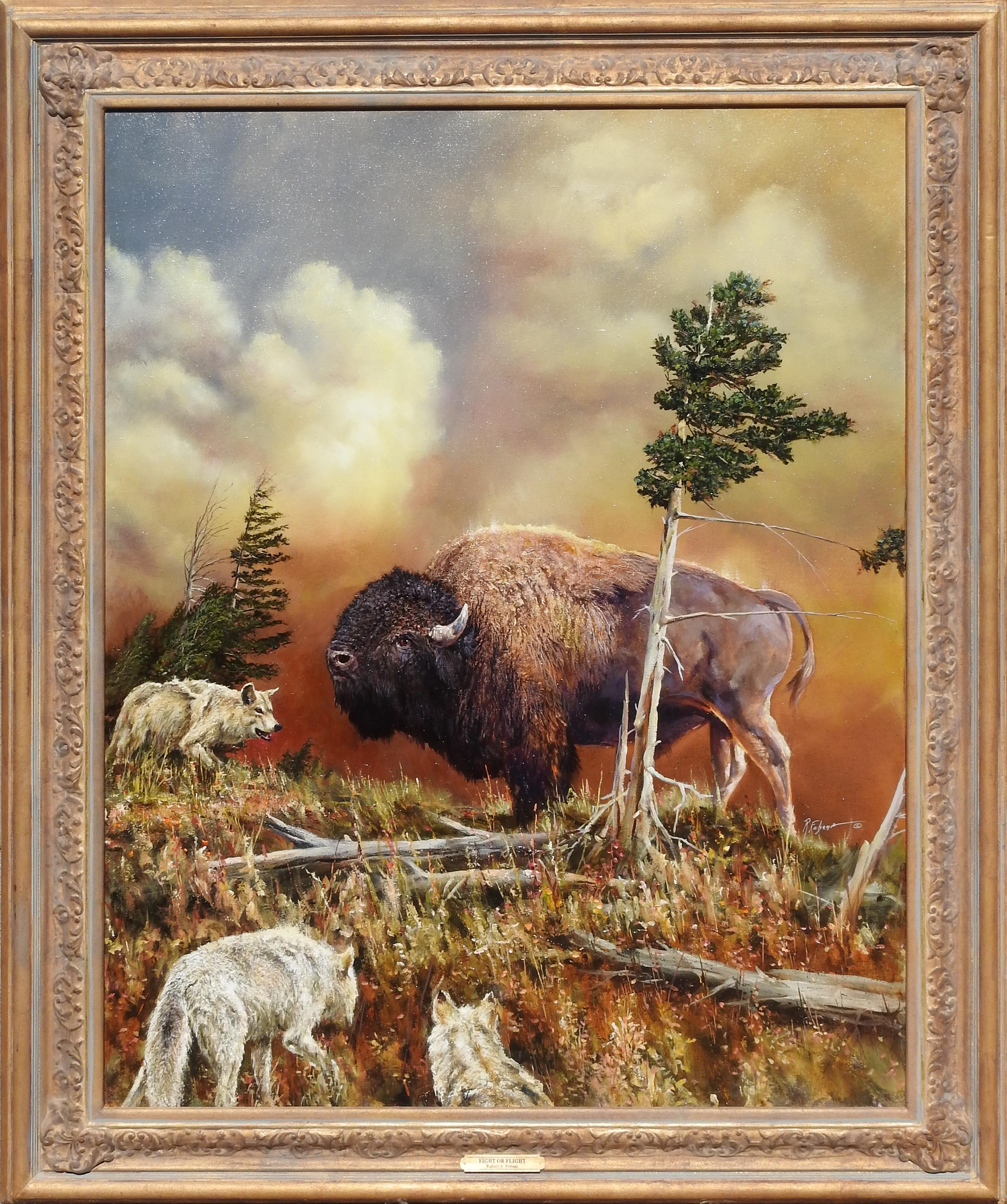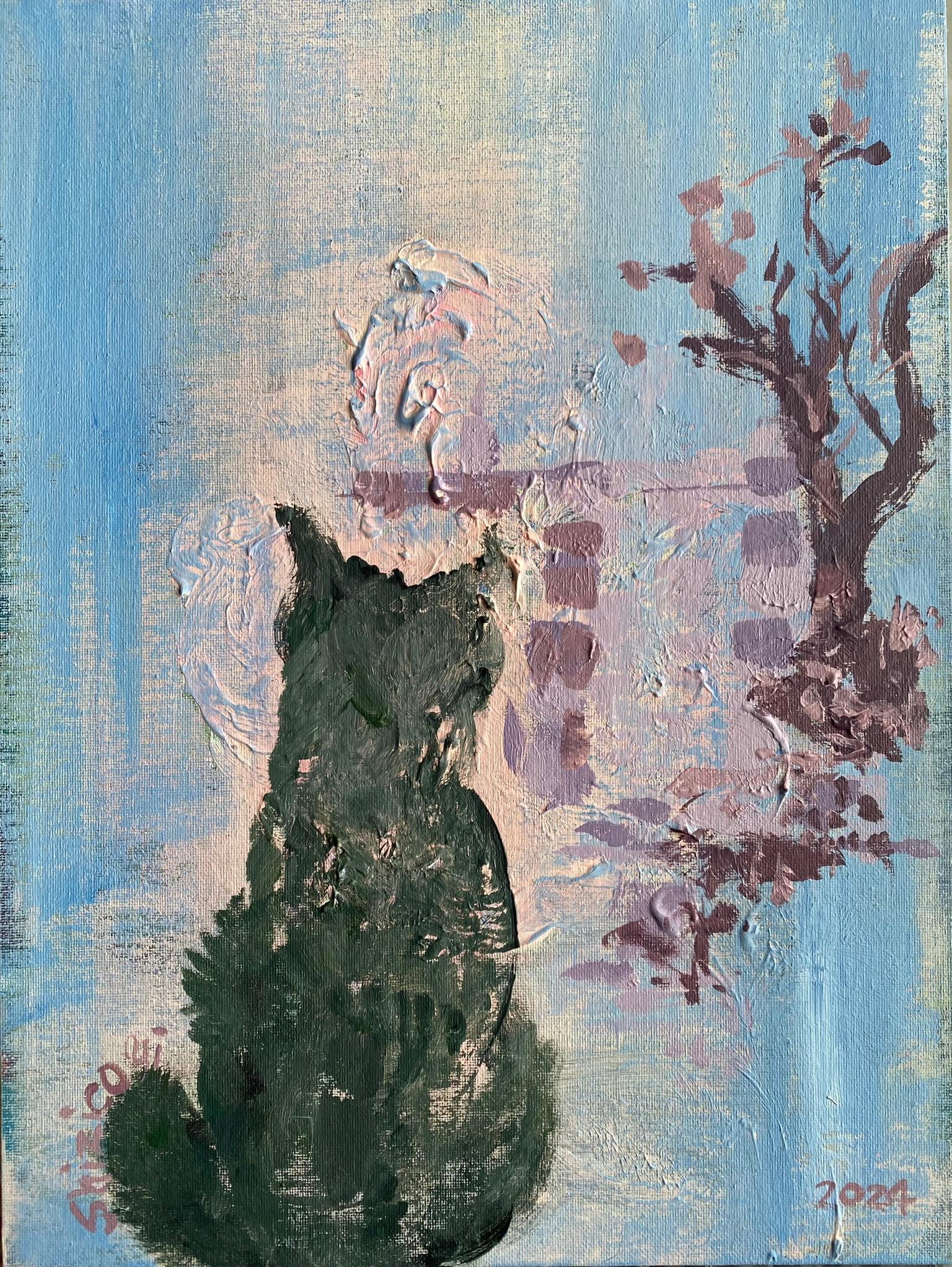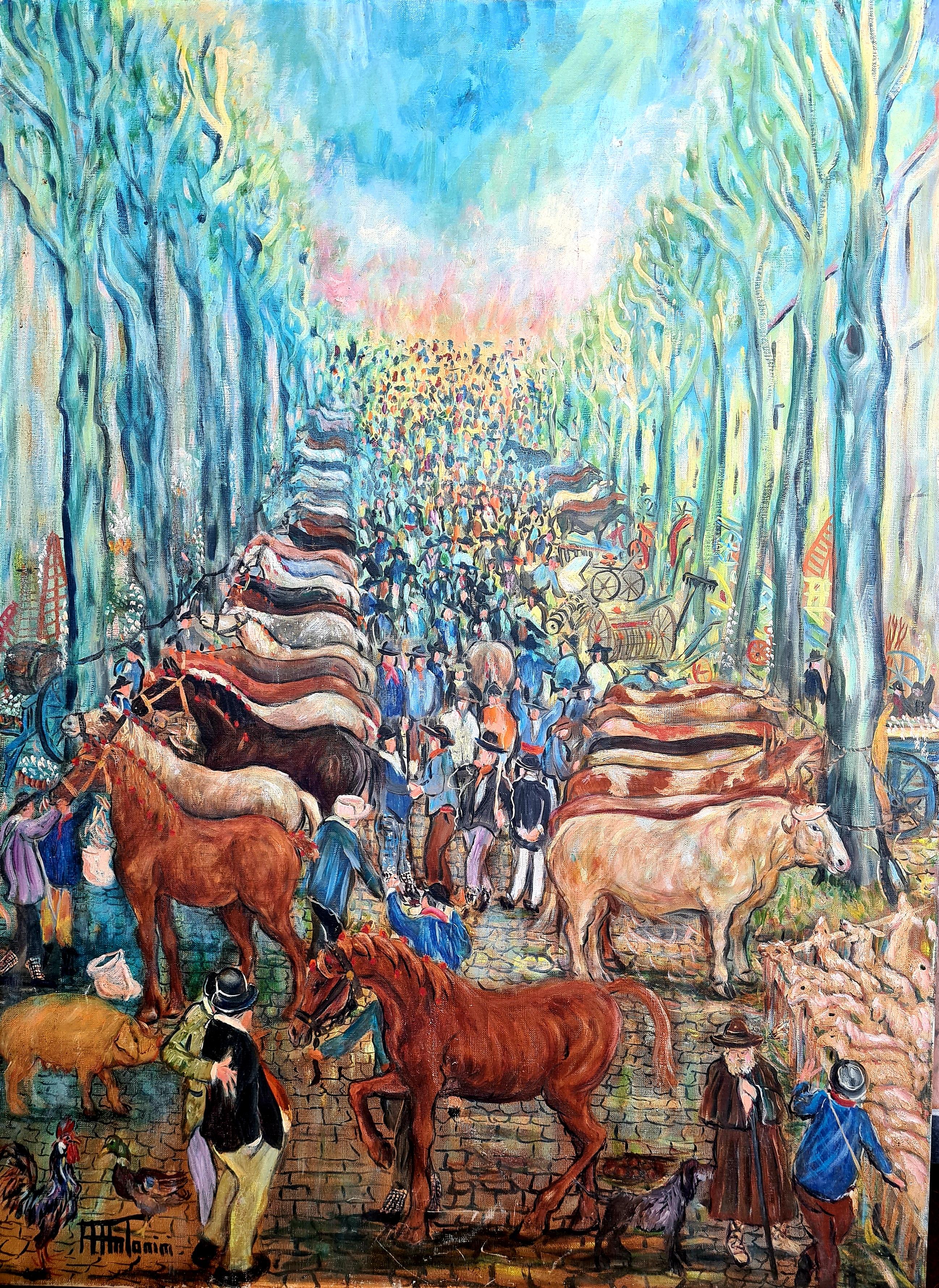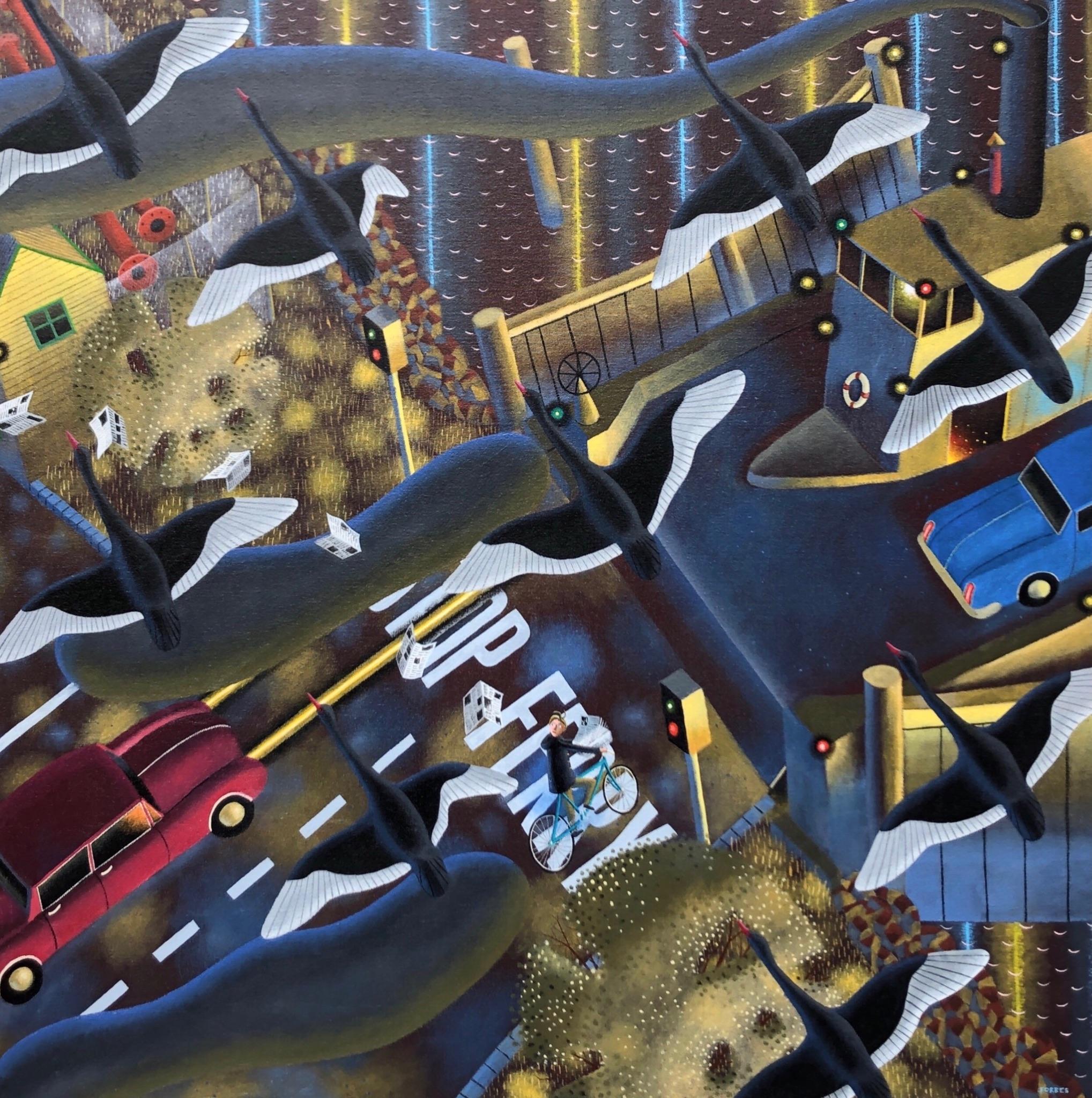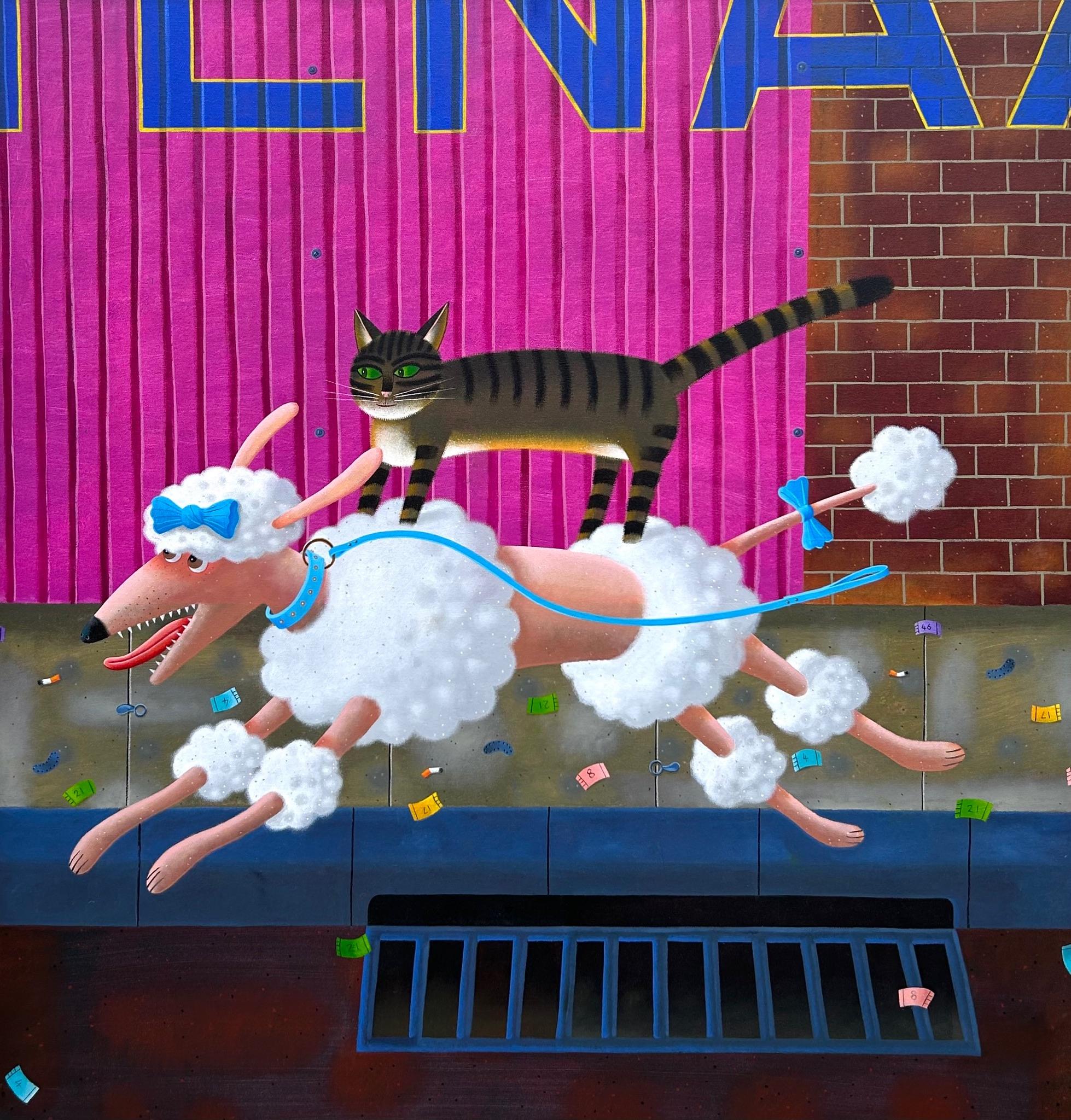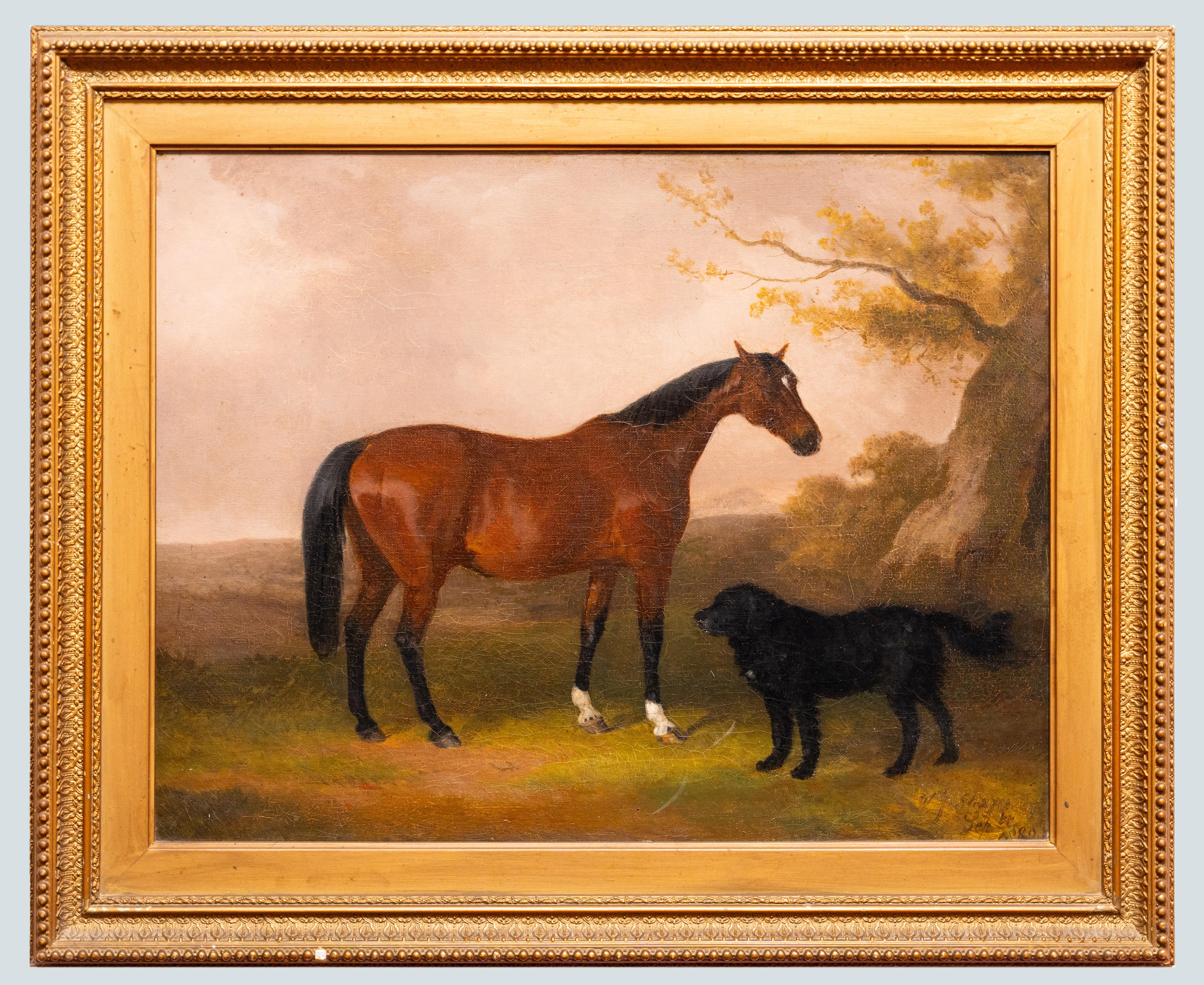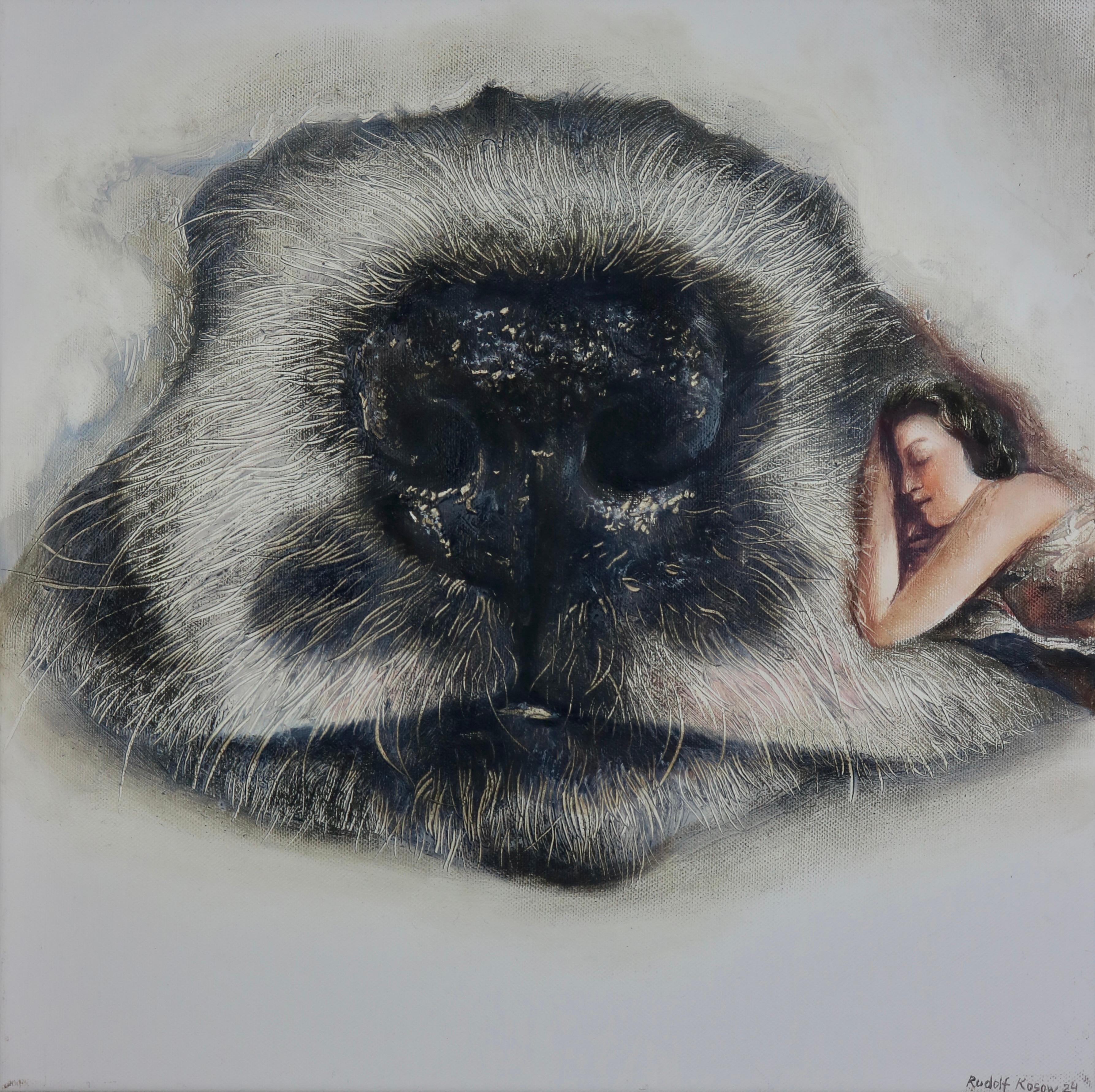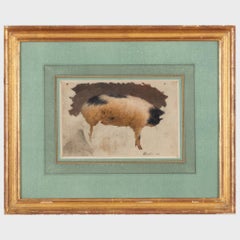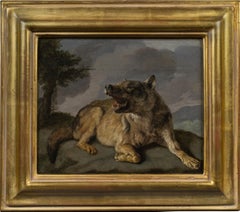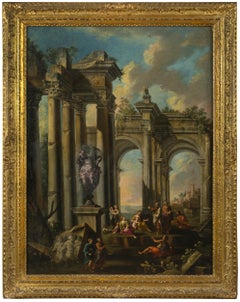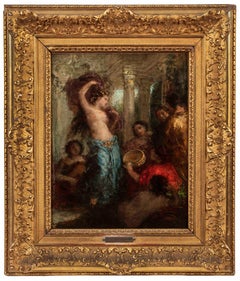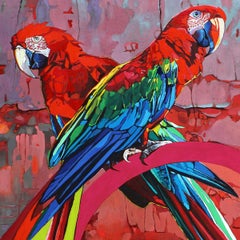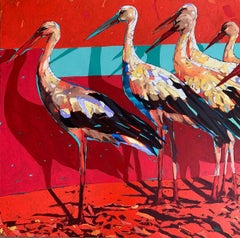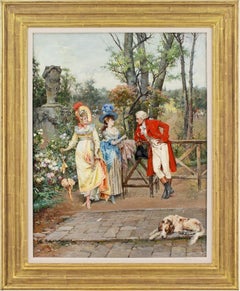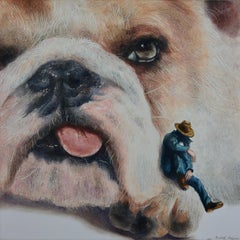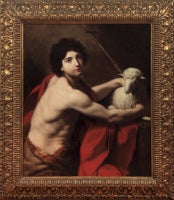
St. John the Baptist
View Similar Items
Want more images or videos?
Request additional images or videos from the seller
1 of 5
Michele DesubleoSt. John the Baptist
About the Item
- Creator:Michele Desubleo (born circa 1601-1676, Flemish)
- Dimensions:Height: 38 in (96.52 cm)Width: 32 in (81.28 cm)
- Medium:
- Period:
- Condition:Excellent.
- Gallery Location:New York, NY
- Reference Number:1stDibs: G1205241029
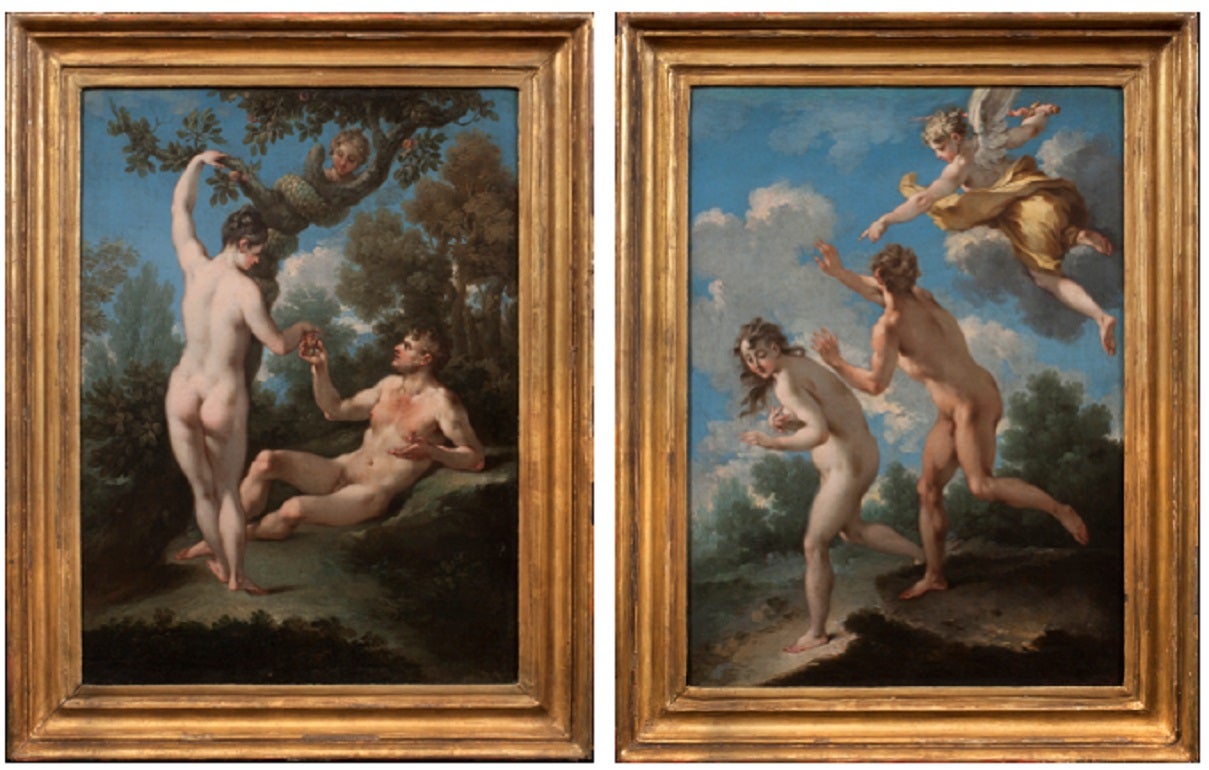
About the Seller
5.0
Recognized Seller
These prestigious sellers are industry leaders and represent the highest echelon for item quality and design.
Established in 1997
1stDibs seller since 2012
20 sales on 1stDibs
Typical response time: 14 hours
Authenticity Guarantee
In the unlikely event there’s an issue with an item’s authenticity, contact us within 1 year for a full refund. DetailsMoney-Back Guarantee
If your item is not as described, is damaged in transit, or does not arrive, contact us within 7 days for a full refund. Details24-Hour Cancellation
You have a 24-hour grace period in which to reconsider your purchase, with no questions asked.Vetted Professional Sellers
Our world-class sellers must adhere to strict standards for service and quality, maintaining the integrity of our listings.Price-Match Guarantee
If you find that a seller listed the same item for a lower price elsewhere, we’ll match it.Trusted Global Delivery
Our best-in-class carrier network provides specialized shipping options worldwide, including custom delivery.More From This Seller
View AllStudy of a Pig
By Sir Edwin Landseer
Located in New York, NY
Signed and dated, lower right: EL / Nov 34
Provenance: Barbara and Ernest Kafka, New York.
Category
1830s English School Paintings
Materials
Canvas, Oil
A Wolf
Located in New York, NY
Provenance:
The Marchesi Strozzi, Palazzo Strozzi, Florence
Sale, Christie’s, London, May 20, 1993, lot 315, as by Carl Borromaus Andreas Ruthart...
Category
17th Century Old Masters Animal Paintings
Materials
Canvas, Paper, Oil
An Architectural Capriccio with the Preaching of an Apostle
By Giovanni Paolo Panini
Located in New York, NY
Provenance: Santambrogio Antichità, Milan; sold, 2007 to:
Filippo Pernisa, Milan; by whom sold, 2010, to:
Private Collection, Melide, Switzerland
De Primi Fine Art, Lugano, Switzerland; from whom acquired, 2011 by:
Private Collection, Connecticut (2011-present)
Literature: Ferdinando Arisi, “Ancora sui dipinti giovanili del Panini,” Strenna Piacentina (Piacenza, 2009): pp. 48, 57, 65, fig. 31, as by Panini
Ferdinando Arisi, “Panini o Ghisolfi o Carlieri? A proposito dei dipinti giovanili,” Strenna Piacentina, (Piacenza, 2010), pp. 100, 105, 116, fig. 101, as an early work by Panini, a variant of Panini’s painting in the Museo Cristiano, Esztergom, Hungary.
This architectural capriccio is one of the earliest paintings by Giovanni Paolo Panini, the preeminent painter of vedute and capricci in 18th-century Rome. The attribution to Panini has been endorsed by Ferdinando Arisi, and a recent cleaning of the painting revealed the artist’s signature in the lower right. Like many of his fellow painters working in Rome during his day, Panini was not a native of the Eternal City. He first trained as a painter and stage designer in his hometown of Piacenza and moved to Rome at the age of 20 in November 1711 to study figure painting. Panini joined the workshop of Benedetto Luti (1666-1724) and from 1712 was living on the Piazza Farnese. Panini, like many before and after him, was spellbound by Rome and its classical past. He remained in the city for the rest of his career, specializing in depicting Rome’s most important monuments, as well as creating picturesque scenes like this one that evoked the city’s ancient splendor.
The 18th century art historian Lione Pascoli, who likely knew Panini personally, records in his 1730 biography of the artist that when Panini came to Rome, he was already “an excellent master and a distinguished painter of perspective, landscape, and architecture.” Panini’s earliest works from this period still show the evidence of his artistic formation in Piacenza, especially the influence of the view painter Giovanni Ghisolfi (1623-1683). However, they were also clearly shaped by his contact in Rome with the architectural capricci of Alberto Carlieri...
Category
18th Century Old Masters Figurative Paintings
Materials
Canvas, Oil
Orientale
By Henri Fantin-Latour
Located in New York, NY
Signed, lower right: Fantin
Provenance:
Gustave Tempelaere (1840–1904), Paris; possibly by descent to his son:
Julien Tempelaere (1876–1961) and with F. & J. Tempelaere, Paris, prob...
Category
1890s Romantic Figurative Paintings
Materials
Canvas, Paper, Oil
Portrait of a Gentleman
Located in New York, NY
Circle of Jacques-Louis David
(French, 18th Century)
Provenance:
Private Collection, Buenos Aires
Exhibited:
“Art of Collecting,” Flint Institute of Art, Flint, Michigan, 23 November 2018 – 6 January 2019.
This vibrant portrait of young man was traditionally considered a work by Jacques-Louis David, whose style it recalls, but to whom it cannot be convincingly attributed. Rather, it would appear to be by a painter in his immediate following—an artist likely working in France in the first decade of the nineteenth century. Several names have been proposed as the portrait’s author: François Gérard, Louis Hersent, Anne-Louis Girodet (Fig. 1), Theodore Gericault, and Jean-Baptiste Wicar, among others. Some have thought the artist Italian, and have proposed Andrea Appiani, Gaspare Landi...
Category
18th Century Old Masters Paintings
Materials
Canvas, Oil
$45,000
Portrait of a Gentleman
By Ippolito Scarsella (Scarsellino)
Located in New York, NY
Provenance: Suida-Manning Collection, New York
Private Collection
Exhibited: Venetian Paintings of the Sixteenth Century, Finch College Museum of Art, New York, October 30-December 15, 1963, no. 31.
Veronese & His Studio in North American Collections, Birmingham Museum of Art, Oct. 1-Nov. 15, 1972, and Montgomery Museum of Fine Arts, Dec. 5-Dec. 31, 1972
Literature: Robert L. Manning, A Loan Exhibition of Venetian Paintings of the Sixteenth Century, exh. cat. New York 1963, cat. no. 31ill., as by Veronese
Stephen Clayton and Edward Weeks, eds., introduction by David Rosand, Veronese & His Studio in North American Collections, Birmingham 1972, as by Veronese, p. 38 ill.
Terisio Pignatti, Veronese, Venice 1976, I, p. 199, cat. no. A225, II, fig. 908, as attributed to Veronese
Terisio Pignatti and Filippo Pedrocco, Veronese; catalogo completo dei dipinti, Florence 1991, no. 54°, as attributed to Veronese.
Terisio Pignatti and Filippo Pedrocco, Veronese, Milan 1995, II, pp. 517-518ill., cat. no. A 56, under attributed paintings, by Veronese and workshop)
John Garton, Grace and Grandeur; The Portraiture of Paolo Veronese, London-Turnhout 2008, p. 237, fig. 77, cat. no. R16, as workshop of Veronese.
Scarsellino’s art is widely regarded as critical link between the Renaissance and the Baroque styles in Emilian painting; not only was he an important transmitter of the heritage of the Renaissance, but he was also open to innovative ideas, and was one of the earliest to experiment with the trend to naturalism that would become fundamental to art of the new century. Born around 1550, he received his earliest training from his father Sigismondo, an architect and painter; it was probably while working at his father’s side as a youth that he acquired the nickname Scarsellino, or “little Scarsella”. After absorbing the principles of his art in Ferrara and Parma, he went to Venice in 1570, staying for four years and working in the shop of Veronese. In the following decade, his art —especially in terms of its piety and its development of landscape— demonstrates a strong sympathy with that of the Carracci, with whom he worked in 1592-1593 at the Palazzo dei Diamanti in Ferrara. Maria Angela Novelli and later Alessandra Frabetti both propose that Scarsellino traveled to Rome, although such a trip has not been documented; if he did travel to Rome, it probably would have occurred during the years that Scarsellino’s colleagues Agostino and Annibale Carracci were there, that is, beginning in 1595 and until 1609. The last decades of Scarsellino’s career again involve stylistic experimentation, this time in a manner that would bring his work very close to the progressive figurative naturalism of Carlo Bononi and prepare the way for Guercino.
The present portrait of a distinguished gentleman had been long thought to be by Paolo Veronese and was in fact attributed to him by such distinguished connoisseurs as Adolfo Venturi and Wilhelm Suida. The portrait’s style is, however, distinct from Veronese’s, although clearly indebted to it, and the attribution to the young Scarsellino is wholly convincing. The painting would then date from the 1570s – a date confirmed by the costume the subject wears. The puffed hat that appears in the painting had a rather short-lived vogue in the early 1570s. One sees it in Giambattista Moroni’s Portrait of Count...
Category
18th Century and Earlier Baroque Portrait Paintings
Materials
Canvas, Oil
You May Also Like
Parrots 17. Figurative Oil Painting, Colorful, Pop art, Animals, Polish artist
By Rafał Gadowski
Located in Warsaw, PL
Contemporary figurative oil on canvas painting by Polish artist Rafal Gadowski. Painting in pop art style depicting parrots. Painting is vibrant. Main colours are red, green, yellow ...
Category
2010s Other Art Style Figurative Paintings
Materials
Oil, Canvas
Storks. Figurative Oil Painting, Colorful, Pop art, Animals, Polish artist
By Rafał Gadowski
Located in Warsaw, PL
Contemporary figurative oil on canvas painting by Polish artist Rafal Gadowski. Painting in pop art style depicting five storks. Painting is vibrant. Main colours are red, black, whi...
Category
2010s Other Art Style Figurative Paintings
Materials
Oil, Canvas
Arturo Orselli, The Flirtatious Huntsman
By Arturo Orselli
Located in Cheltenham, GB
This charming late 19th-century oil painting by Arturo Orselli (fl. 1880-1896) depicts a huntsman wearing riding gear conversing somewhat flirtatiously with two ladies.
Attired in o...
Category
1890s Figurative Paintings
Materials
Canvas, Oil
Parting (pet dog, bulldog, cowboy, animal portrait art, surrealist oil painting)
By Rudolf Kosow
Located in Quebec, Quebec
"Parting," a surrealistic painting by Rudolf Kosow, masterfully employs scale to create a poignant narrative of farewell. The canvas is dominated by the face of a bulldog, each hair and whisker intricately detailed, exuding a warmth and expressiveness that captures the essence of the breed. The bulldog's large, soulful eye, reflecting a quiet resignation, suggests an awareness of an impending separation.
Perched thoughtfully on the dog's snout, a diminutive figure of a man wearing a cowboy hat sits, his posture one of contemplative sorrow. The man dangles his legs over the edge of the snout, a symbol of the precipice between companionship and the solitude of parting.
Kosow's work deeply explores the themes of connection and departure. The intimate positioning of the man against the vastness of the dog's facial landscape evokes the shared history and emotional bond between human and animal. The painting's title, "Parting," may imply an imminent physical separation, yet the closeness of the two subjects suggests an unbreakable emotional tie that distance cannot sever.
In this piece, Kosow invites the viewer to consider the bittersweet moments of goodbye that are an intrinsic part of life's journey, highlighting the enduring nature of love that remains through any farewell. "Parting" is a testament to the poignant beauty found in the strength of connections that transcend the constraints of size and species.
keywords; painting on canvas, surrealist painting, animal vs human, americana, nature, man, man vs nature, surrealism, giant animal...
Category
2010s Surrealist Animal Paintings
Materials
Canvas, Oil
"Fight or Flight" by Robert Fobear, 60x48 in., Oil on Canvas, Impressionist
By Robert Fobear
Located in Dallas, TX
Step into the wild with Robert Fobear's captivating masterpiece, "Fight or Flight." This stunning oil on canvas painting, measuring an impressive 60x48 inches, draws viewers into a d...
Category
2010s American Impressionist Landscape Paintings
Materials
Canvas, Oil
Original-Sunset Meditation-Abstract Expression-UK Awarded Artist-Cat-red sky
Located in London, GB
-In light of new tariffs, we’ve applied a 20% discount off the market price of this piece to support our collectors in facing potential added costs. At the gallery, we work closely w...
Category
2010s Animal Paintings
Materials
Gesso, Canvas, Wood, Oil, Acrylic
Recently Viewed
View AllMore Ways To Browse
After Guido Reni
Franco Antiques
Painting David And Goliath
P Colonna
Dutch Royal
Pink Green Landscape
Tree Picture
Cincinnati Artist
La La Land
La Land
Painting Of Women And Children
Russian School Oil
Unframed Vintage Oil Painting
Native American Light
Plein California
Portrait Old Man
Ancient Women
Oil Painting Of City With Trees
